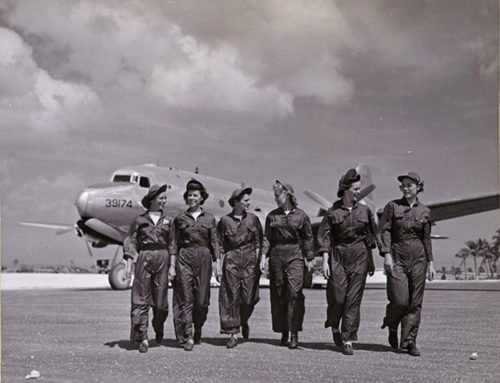After her commissioning at Moran Brothers Shipbuilding in Seattle, Washington, on 3 May 1913, USS F-4 (initially called SKATE) (SS-23) joined the First Submarine Group, Pacific Torpedo Flotilla. She operated along the west coast of the United States and then moved to Hawaii in 1914. In was there, just off Honolulu, on 25 March 1915, that the boat made her tragic final dive. What exactly happened just after the boat slipped beneath the waves will never be known; what we do know is based on examinations of the sub after she was salvaged.
When F-4 was at a depth of something less than 60 feet, chlorine gas began seeping into the middle, or control, compartment of the boat, indicating that somehow salt water had reached the batteries. F-4’s commanding officer, LT(jg) Alfred Ede, ordered the boat to return to the surface but soon the engines, straining to lift the weight of the sub plus tons of added seawater from what was obviously a substantial leak, overheated and quit. Before the Sailors in the control section retreated to the engine room—several already having passed out after breathing too much of the chlorine gas—they tripped the system that blew air from the high-pressure tank into the main ballast tanks. But it was too late; water was pouring into the boat faster than the air could blow it out and soon F-4 came to rest on the bottom, 300 feet below the surface—about 100 feet greater than her test depth. The pressure of the surrounding water soon overcame the rivets that held the torpedo hatch in place and the forward two compartments flooded quickly. Although the crew had secured the hatch behind them when they moved back to the engine room, the bulkhead around it couldn’t hold out against the weight of water and collapsed. All 21 crewmembers were killed. F-4 was the navy’s first commissioned submarine to be lost.
Several months later, at the end of August, the boat was towed to shallower water and then brought to the surface on specially-made pontoons. Investigators determined that seawater had entered the battery well through its corroded lead lining, setting in motion the sequence of events that led to the boat’s demise. Others have theorized that there may also have been problems with valves and air lines in the ballast tanks that prevented them from being blown quickly enough.
Four members of F-4’s crew were identified and their bodies were returned to their families. The remains of the other 17 men were sealed in four coffins that were interred together in Arlington National Cemetery under a single headstone which read “Seventeen Unknown US Sailors, Victims of USS F-4, March 25, 1915.” In 2000, submarine veterans lobbied to have this stone replaced with one that listed the names of the men.





